GARHMUKTESHWAR, INDIA (AP) – They were found in gutters, on streets, in bushes. They were boarded on trains, deserted in hospitals, dumped at temples. They were sent away for being sick or outliving pay cheques or simply growing too old.
By the time they reached this home for the aged and unwanted, many were too numb to speak. Some took months to mouth the truth of how they came to spend their final days in exile.
“They said, ‘Taking care of him is not our cup of tea,’” said Amirchand Sharma, 65, a retired policeman whose sons left him to die near the river after he was badly hurt in an accident. “They said, ‘Throw him away.’”
In its traditions, in its religious tenets and in its laws, India has long cemented the belief that it is a child’s duty to care for his ageing parents. But in a land known for revering its elderly, a secret shame has emerged: A burgeoning population of older people abandoned by their own families.
This is a country where grandparents routinely share a roof with children and grandchildren, and where the expectation that the young care for the old is so ingrained in the national ethos that nursing homes are a relative rarity and hiring caregivers is often seen as taboo. But expanding lifespans have brought ballooning caregiving pressure, a wave of urbanisation has driven many young far from their home villages and a creeping Western influence has begun eroding the tradition of multigenerational living.
Courtrooms swell with thousands of cases of parents seeking help from their children.
Footpaths and alleys are crowded with older people who now call them home. And a cottage industry of non-profits for the abandoned has sprouted, operating a constantly growing number of shelters that continually fill.
This is one of them.
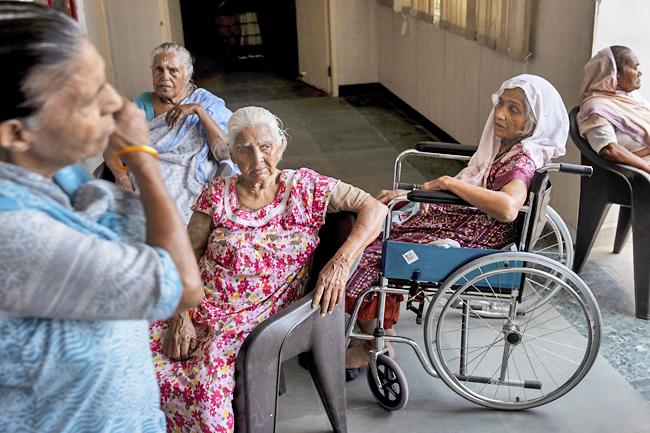
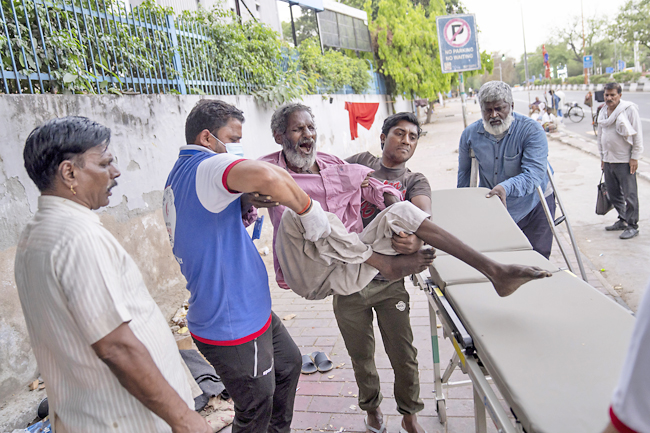
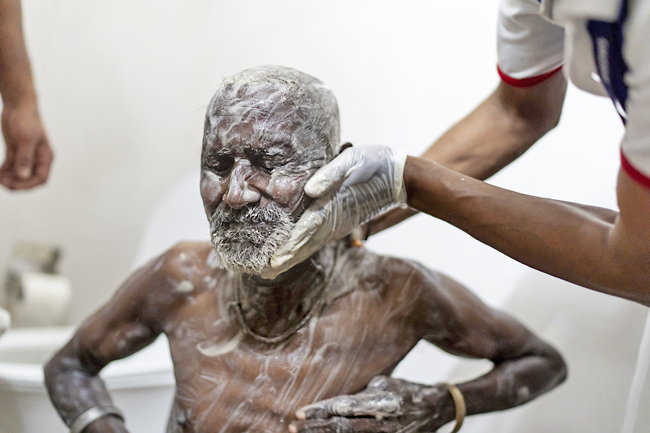
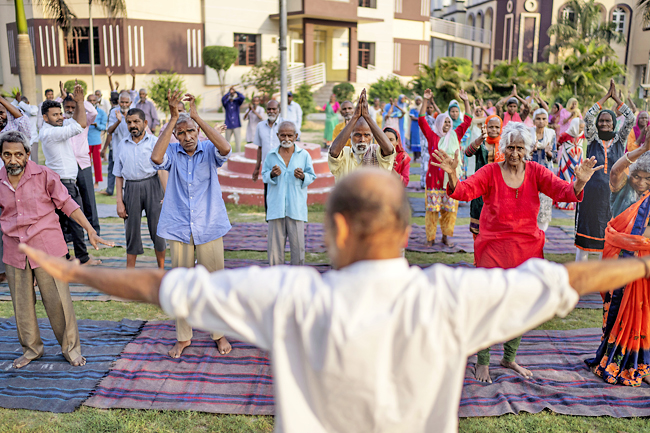
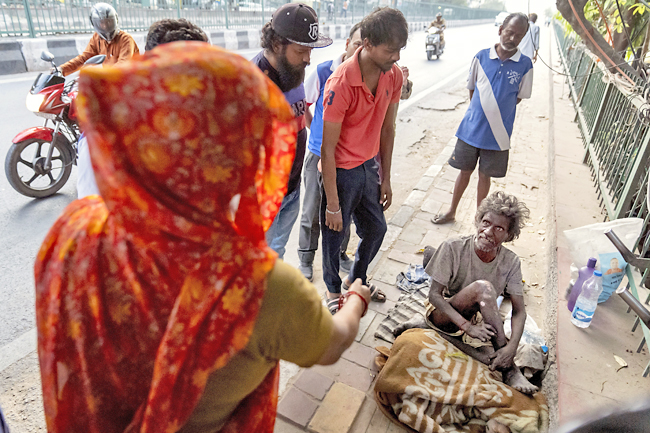
The Saint Hardyal Educational and Orphans Welfare Society, known as SHEOWS, houses about 320 people on 16 acres of land in this small north Indian city. Nearly all of them were abandoned by their families.
One woman spent more than eight years living at a faraway temple where she was deserted by her children. Another tells of a son she loved who forced her out, saying if she didn’t leave, his wife would. A man sitting atop a bed with sheets adorned with teddy bears and smiling anthropomorphic mushrooms was left to die on the street, arriving here so starved that he ate 22 rotis, one after another after another.
Birbati, the lead caregiver in the women’s building, who does not use a surname, says after years of tending to the abandoned, she finds some of them visiting in her dreams.
“Each of them has a story,” she said. “All are sad stories.”
WHERE GROWING OLD IS NEW
Wealthy countries have grappled with aging societies for decades, but the issue is only now beginning to ripple in the developing world, where the idea of growing old is still new for swaths of the population.
By 2050, two-thirds of the world’s population of people 60 and older will reside outside the world’s wealthiest nations. India is projected to see growth among its old that far outstrips that of the young.
Already, the curses of that demographic shift have begun to emerge alongside its blessings. An Indian born just 70 years ago was forecast to live nearly half as long as one today. But longer lives have often brought with them greater medical need and thrust the next generation into economic binds that force them to balance the needs of their parents with the needs of their own children.
By tradition, Indian parents live with a son, who is responsible for their care, though in practice, the work typically falls to women. That remains the norm, but a growing number of older Indians now have absentee children and inadequate help to keep up with expenses or care.
Others feel forced to leave homes where toxic feuds fester. And, in the very worst cases, parents are ousted from their home by a child in a dispute over money or in a wits-end solution to incontinence they can’t stomach or dementia they can’t handle.
Driven from their homes, these elders end up begging on the streets or, if they’re lucky, in a shelter like this, where separate buildings for men and women overlook a sun-soaked lawn with towering palms and a fountain ringed by rose bushes. – Matt Sedensky









